Tech News
7 Tech Products That Tried and Failed Spectacularly
Quick Links
The tech world is known for its innovation, but with every success, there are ideas that don’t quite hit the mark. Over the years, we’ve seen some spectacular tech fails, leaving behind a story worth telling. Let’s look at seven tech product failures that left a mark for all the wrong reasons.
1 Microsoft Zune (2006)
Microsoft’s Zune was supposed to be the iPod killer. Launched in 2006, it offered features that Apple’s iPod didn’t, like wireless syncing and sharing songs with other Zune users. But that’s where the problems started. There weren’t many other Zune users!
The Zune was late to the game, and by the time it hit the market, the iPod had already secured its dominance. Despite its solid design and some innovative ideas (Zune Pass was an early precursor to today’s music streaming services), the device never gained traction. In 2011, Microsoft quietly discontinued the Zune, cementing its place in tech history as a classic example of too little, too late.
2 Apple Newton (1993)
Long before the iPhone or iPad, there was the Newton. It was Apple’s first attempt at a personal digital assistant (PDA). Launched in 1993, the Newton was supposed to revolutionize handheld computing. It could take notes, manage contacts, and even recognize your handwriting. Well, that was the idea.
In reality, the Newton was clunky and expensive (starting at $900), and its handwriting recognition was more miss than hit. The phrase “Eat up Martha” became infamous after a Simpsons episode where the Newton tried (and failed) to recognize the phrase “Beat up Martin.” Despite Apple’s best efforts, the Newton never caught on and was discontinued in 1998. But it wasn’t all for nothing; many of the concepts behind the Newton would later evolve into what we now recognize as the iPhone and iPad, which we can all agree were pretty successful!
3 Nintendo Virtual Boy (1995)
In 1995, Nintendo took a bold leap into the world of virtual reality with the Virtual Boy. Marketed as the first portable console capable of true 3D graphics, the Virtual Boy seemed like a breakthrough. But there was a catch. The graphics were red and black, the headset was bulky and uncomfortable, and extended play was known to cause headaches.
The Virtual Boy was a commercial disaster. Poor sales led to its discontinuation just a year after launch. To this day, it’s remembered as one of Nintendo’s biggest flops, an example of what happens when ambition outpaces technology. Yet, despite its failure, the Virtual Boy laid the groundwork for Nintendo’s continued interest in immersive gaming experiences.
4 Segway (2001)
When the Segway was unveiled in 2001, it was supposed to change how we move. Dean Kamen, its inventor, claimed it would revolutionize personal transportation and even reshape urban planning. But despite the hype, the Segway never took off as expected.
The reasons were clear: it was expensive (around $5,000), impractical for most environments, and a bit too futuristic for the average consumer. Instead of becoming a staple of city life, the Segway found a niche in security and tourism. It ceased production in 2020, and although it didn’t revolutionize transportation, the Segway did inspire a range of personal transport devices, from hoverboards to e-scooters, leaving a small yet undeniable mark on the tech landscape.
5 BlackBerry PlayBook (2011)
Back when BlackBerry was still a force to be reckoned with in the smartphone market, the company decided to take on the iPad with its own tablet, the PlayBook. Released in 2011, the PlayBook boasted solid hardware and a sleek design. However, it was missing one critical feature: a native email client.
For a company that built its reputation on secure mobile email, this was a major oversight. Add to that a lackluster app ecosystem and fierce competition from the iPad, and the PlayBook was doomed from the start. BlackBerry eventually abandoned the PlayBook, marking the beginning of its decline as a major player in the mobile market.
The HP TouchPad was another tablet that tried and failed to dethrone the iPad. Launched in 2011, the TouchPad ran WebOS, an operating system with promise but couldn’t attract enough developers or users. The tablet was slow, the app selection was limited, and it simply couldn’t compete with Apple’s offering.
HP pulled the plug on the TouchPad just 49 days after its launch, slashing prices to clear out inventory. It was a swift and painful exit, leading HP to abandon the consumer tablet market altogether. However, WebOS did find a second life, being used in LG’s smart TVs, refrigerators, and other devices, but the TouchPad’s failure remains a textbook example of how not to launch a product.
7 Microsoft Kin (2010)
The Microsoft Kin might be one of the shortest-lived tech products ever. Launched in 2010, the Kin was designed as a social media phone for teens. It had a unique design and was heavily integrated with social networking features. But there were big problems.
The Kin had no app store, no ability to send picture messages, and it was priced similarly to more capable smartphones. The result? The Kin was pulled from the market just six weeks after its launch. It was a major embarrassment for Microsoft and a costly mistake, showing just how fast a product can fail when it doesn’t meet consumer expectations.
Even the biggest companies can miss the mark in the fast-moving world of tech. These products, though failures in their time, taught valuable lessons to their makers and everyone watching. Whether overestimating demand, misjudging consumer needs, or simply being too ahead of their time, these flops have shaped the tech landscape. Proving that innovation is always a gamble. However, if no one takes a chance, we can't move forward. So let's give these "failures" the respect they deserve, as more ways we've learned how not to make a light bulb.
When you subscribe to the blog, we will send you an e-mail when there are new updates on the site so you wouldn't miss them.


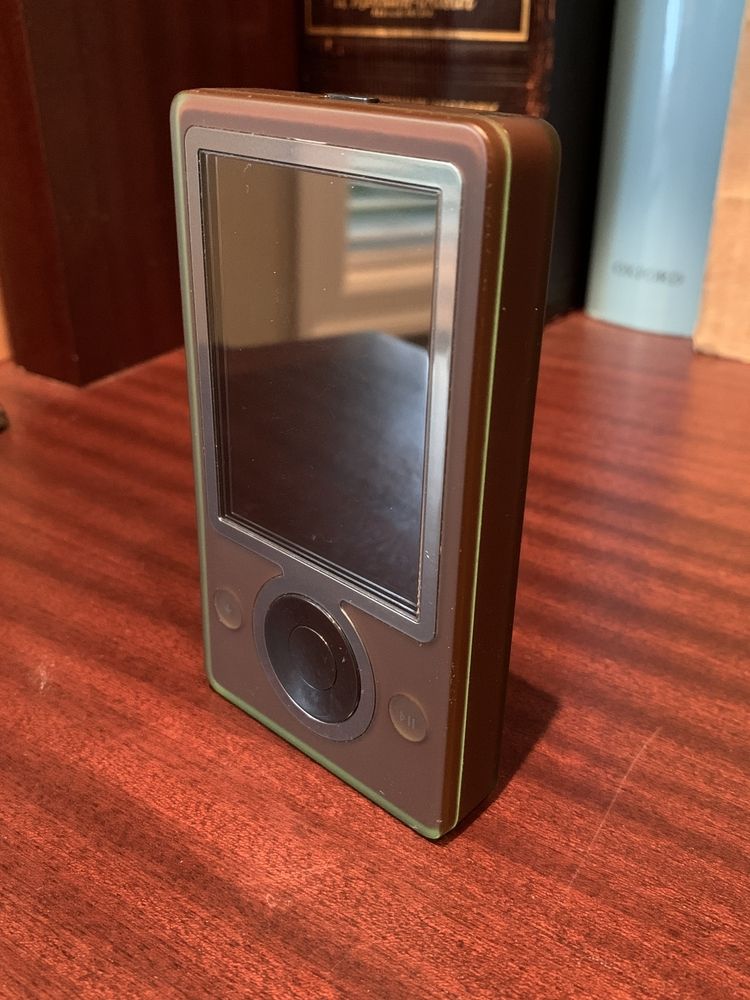
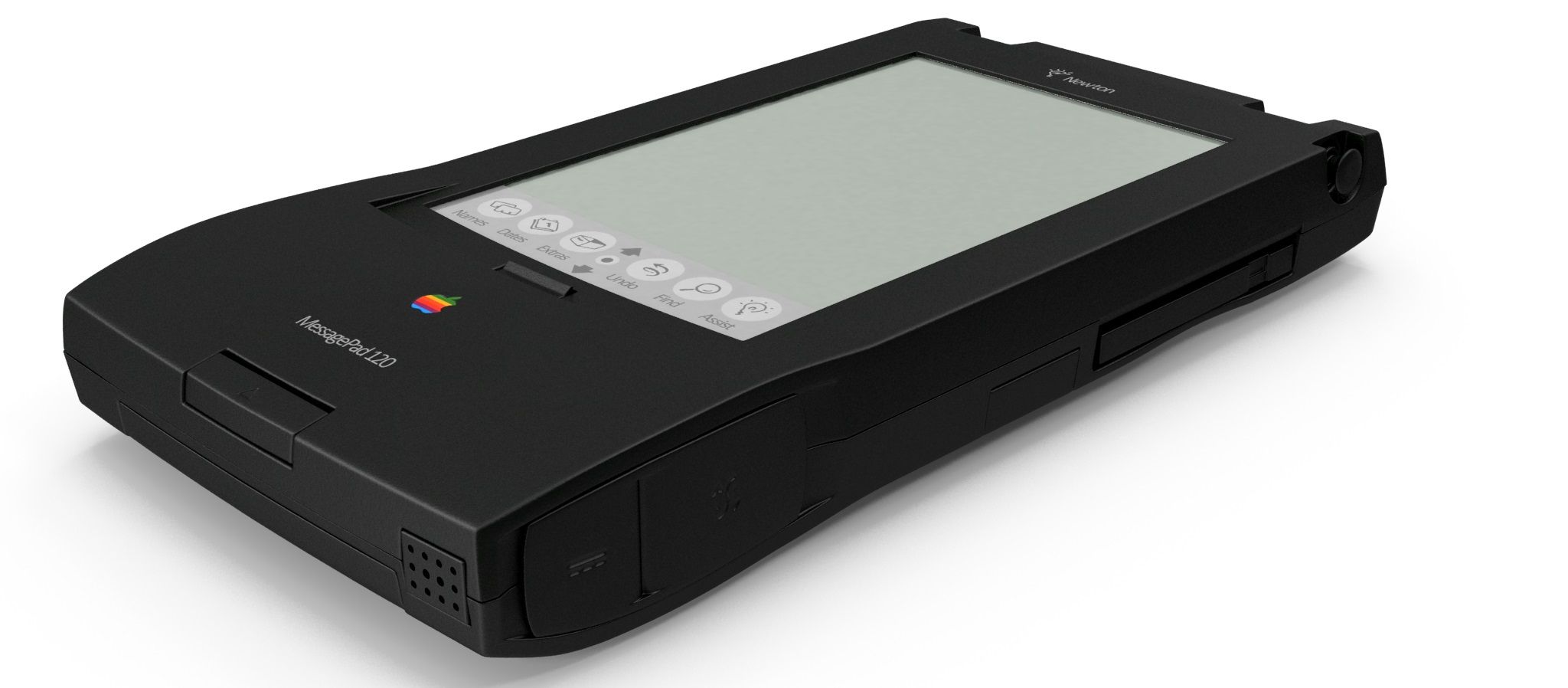
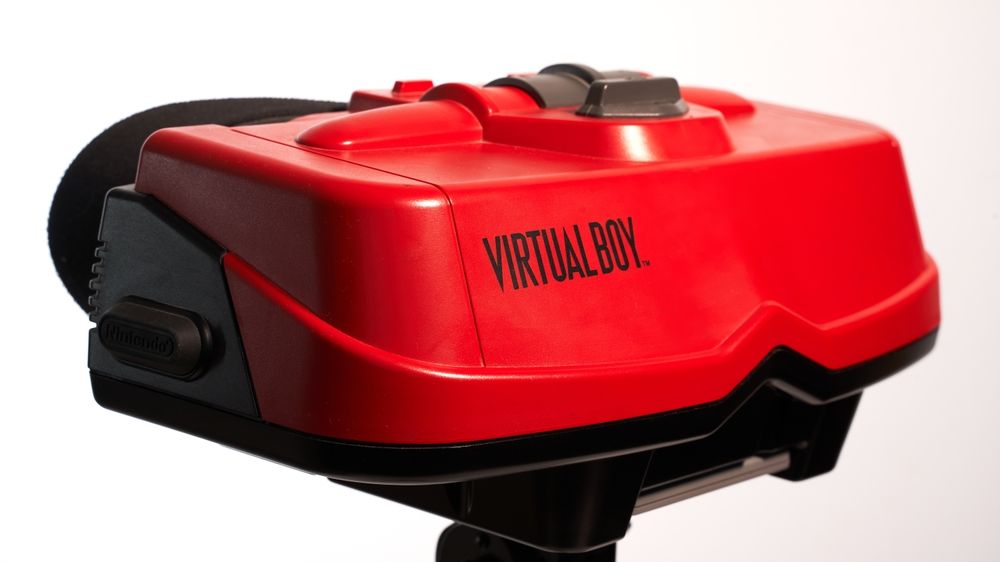

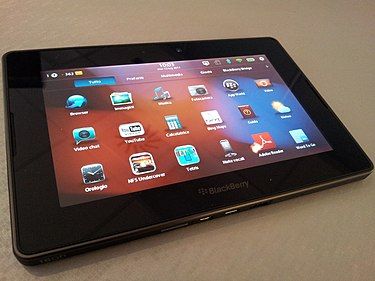 Wikipedia
Wikipedia HP
HP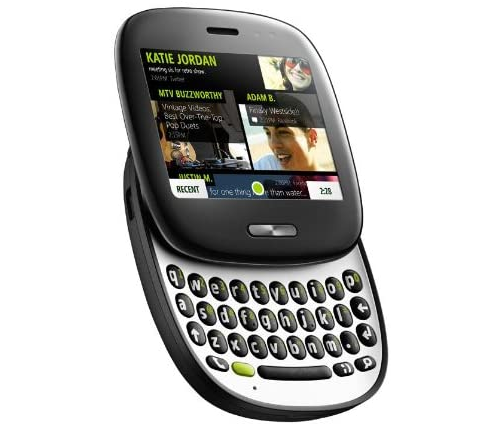 Microsoft
Microsoft
Comments